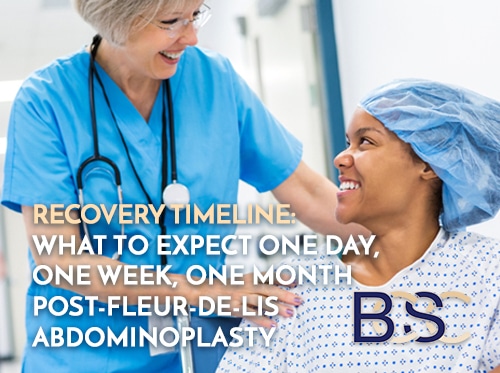Abdominoplasty After C-Section
It is recommended to wait at least 12 months after a c-section before considering abdominoplasty (tummy tuck), to allow the body enough time to heal.
The journey of motherhood is a remarkable and ** experience. However, many women who have undergone a caesarean section (c-section) delivery might experience lasting changes in their bodies. Those who desire to reclaim their pre-pregnancy physique might consider abdominoplasty.
This surgical procedure ** the aftermath of a c-section and other factors contributing to abdominal dissatisfaction. But when is the right time to consider abdominoplasty after a c-section? Are there complications involved? What are the benefits of the same? Let’s find out.
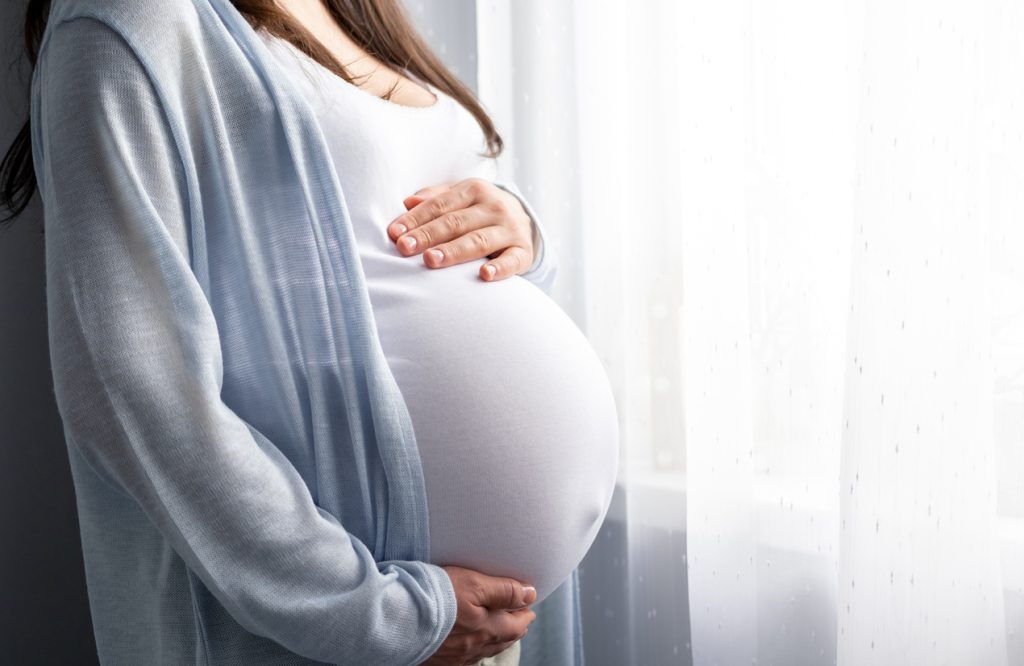
Caesarean Section Vs. Abdominoplasty
A C-section, or a caesarean section, is a surgical procedure to deliver a baby. The process involves making an incision in the mother’s abdomen (laparotomy) and another in the uterus (hysterotomy), facilitating the baby’s exit.
The abdominal incision is on the lower abdomen (just above the pubic hairline). After creating the incision on the abdomen and uterus, the surgeon removes the baby, cuts the umbilical cord, removes the placenta, and closes the incision. Closing the incision can involve either sutures (stitches) or surgical glue.
The first caesarean section birth was documented in 1020 AD, with the procedure growing in popularity over the years. “While it confers risks of both immediate and long-term complications, for some women, caesarean delivery can be the ** or even the only way to deliver a healthy newborn.” However, the procedure is recommended for women who cannot have vaginal birth due to complications.

On the other hand, an abdominoplasty (tummy tuck surgery) is a surgical procedure to remove excess skin and fat and repair loose muscles in the abdomen. It ** the abdominal contour and treats complications, including hernias, incontinence, previous abnormal abdominal scars, and diastasis recti. Excess and redundant abdominal skin or weakened abdominal muscles can result from age, pregnancy, significant weight loss, and genetic predisposition, among other factors.
An abdominoplasty is among the top cosmetic procedures worldwide. The surgeon makes an incision in the abdominal area (similar location to a C-section incision). However, the incision size and additional incision depend on the procedure’s extensiveness.
Getting an Abdominoplasty After a Caesarean Section?
One of the factors necessitating an abdominoplasty is the post-pregnancy effects. Pregnancy changes a woman’s body and can result in a protruding abdomen, redundant ** skin, excess fat, or loose abdominal muscles. Delivery by C-section also affects the abdominal muscles, causing further weakening.
Therefore, it is not uncommon for women with a C-section to request an abdominoplasty to repair or remove loose skin & muscles. However, if you are considering an abdominoplasty after a C-section, it is recommended that you should wait for at least 12 months.
Why the Wait Before Undergoing an Abdominoplasty after a C-Section?
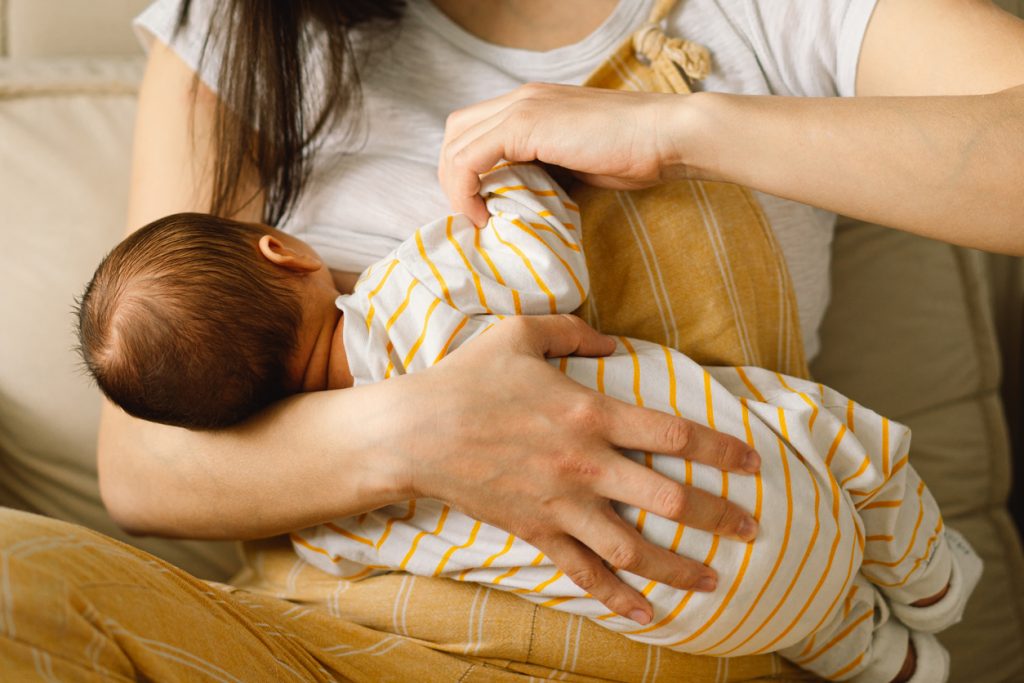
Waiting will give the body time to heal. This is because the body goes through several changes, physical and emotional after delivery. Therefore, you should give time for the body to adapt to the postpartum transitions and hormonal changes. Waiting also helps reduce the recovery period by first healing from one procedure before getting another.
It also allows time for uninterrupted mother-child bonding. Getting a tummy tuck will restrict your interactions with the baby. Holding the baby after an abdominoplasty may strain the incisions, affecting wound healing. Therefore, waiting until the baby grows a little older is important before getting a tummy tuck (abdominoplasty). Also, some medications administered during an abdominoplasty may affect breastfeeding.
Waiting gives you time to plan for the other surgical procedure. This can be both physically and mentally. In addition, it allows you to lose excess pregnancy weight and achieve an ideal body weight. Getting an abdominoplasty before attaining your ideal weight will affect the surgical outcomes. It will also increase the risk of revision surgery due to post-pregnancy weight fluctuations.
You should consider an abdominoplasty if you don’t want more children. Subsequent pregnancies after an abdominoplasty will affect its results, sometimes necessitating a revision abdominoplasty.
What are the Abdominoplasty Options Available for You After a C-Section?
If you want an abdominoplasty (tummy tuck) procedure after a C-section, the first step is determining the suitable procedure. The different tummy tucks depend on how much ** skin the surgeon needs to remove. However, the best option to determine suitability is to consult a qualified specialist surgeon before undergoing surgery.
Below are the available tummy tucks after a C-section. Note that the procedures can incorporate liposuction to ** the aesthetics.
Complete/ Full Tummy Tuck (Abdominoplasty)
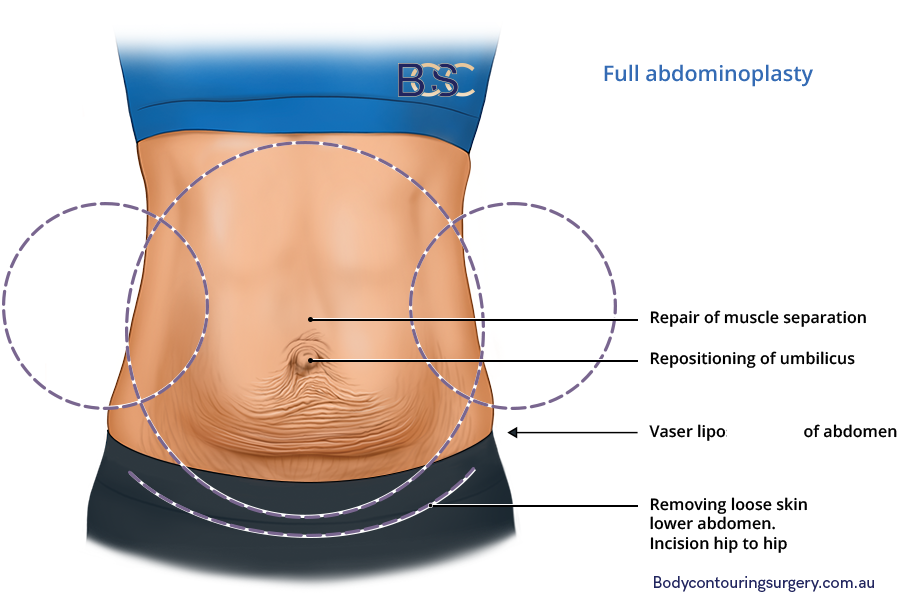
A full tummy tuck removes excess abdominal fat and skin from the entire abdomen (lower and upper abdomen). It also repairs separated abdominal muscles (diastasis recti). It helps achieve a flat and smooth abdomen while ** the abdominal contour. A full tummy tuck also helps reduce post-pregnancy stretch marks.
Its incision runs horizontally along the bikini line, typically from hip to hip. However, underwear or a swimsuit can ** it. When the patient requires belly button (navel) repositioning, the surgeon makes another incision around the navel. Complete/ full abdominoplasty is suitable for patients with excess abdominal skin and fat in the entire abdominal area.
Mini Tummy Tuck (Abdominoplasty)

A mini abdominoplasty, or partial abdominoplasty, is a less invasive procedure than complete abdominoplasty. The procedure only ** excess skin and fat on the lower abdomen (below the belly button). Mini tummy tuck (abdominoplasty) involves reduced incision size due to minimal skin removal and doesn’t involve belly button repositioning.
The procedure suits patients with minimal ** skin around the lower abdomen but with a well-contoured upper abdomen. Mini abdominoplasty doesn’t ** diastasis recti. Therefore, the patient should have minimal loose abdominal muscles.
Extended Tummy Tuck (Abdominoplasty)
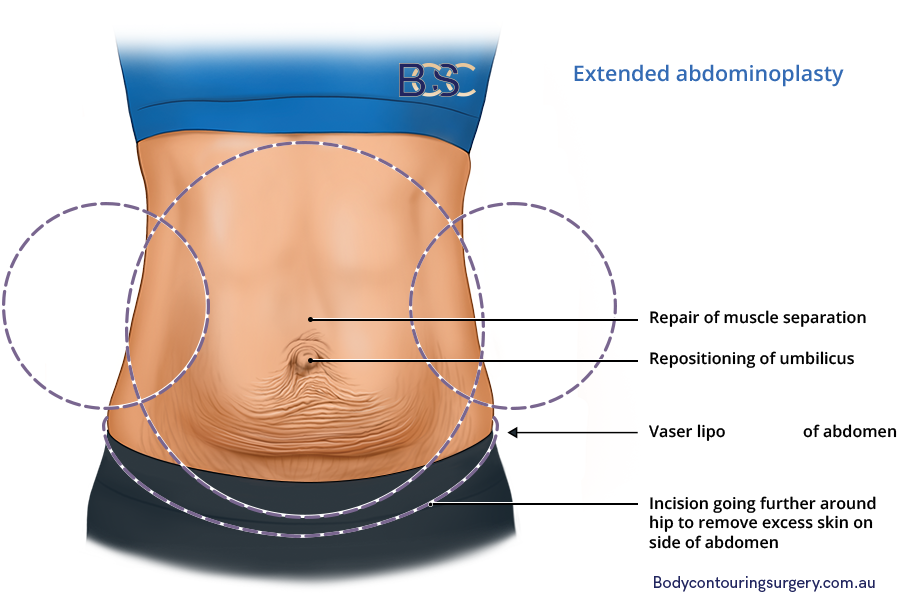
Extended tummy tuck (abdominoplasty) is a more invasive surgical procedure, ** excess skin and fat on the abdominal region and the back and hips. Due to its invasiveness, it leads to a larger incision scar than the other abdominoplasty procedures.
Its incision runs along the bikini line, tightening the waistline. Sometimes, the surgeon adds a vertical incision depending on the extensiveness. Extended abdominoplasty is suitable for women with significant ** skin around the abdomen and flanks due to multiple pregnancies.
What are the Benefits of Getting an Abdominoplasty After a Caesarean Section?
An abdominoplasty after a Caesarean childbirth has numerous benefits, including:
- Correcting/ ** the appearance of a C-section scar
- Removing excess and redundant post-pregnancy abdominal skin
- Repairing separated abdominal muscles (diastasis recti)
- ** the abdominal contour
- Tightening any loose abdominal muscles
- Removing abdominal stretch marks
- ** the belly button appearance
- Treating urinary incontinence- This is a urinary complication resulting from weak pelvic floor muscles
- ** posture and reducing back pain
Can You Combine a C-Section and Abdominoplasty?
It is possible to combine a C-section and an abdominoplasty. The procedure is known as ‘C tuck.’
Some women may consider getting an abdominoplasty together with a C-section. One of the reasons for this is to avoid a tummy tuck (abdominoplasty) as an independent surgery in the future. Despite the possibility of combining these two procedures, Dr. Bernard and Body Contouring Surgery Clinic strongly discourages it.
Combining the two procedures may result in complications that can be avoided or reduced if done separately. Other reasons most surgeons don’t recommend combining the procedures include increased recovery period and unpleasant results. It also poses a high risk to the patient.
Also, note that the surgeon conducting a C-section will differ from the one performing the abdominoplasty. Finding a surgeon willing to carry out an abdominoplasty immediately after you had a C-section is challenging.
Complications Resulting from Combining C-Section and Abdominoplasty
Some complications from combining the two procedures include wound infections, dehiscence, skin necrosis, seroma, haematoma, and thrombosis. Wound dehiscence is the reopening of a surgical incision, partially or fully, while thrombosis is blood clotting inside the blood vessels.
Other complications include skin redundancy, an outward bulging umbilicus, and an outward bulging abdomen. Bad scarring is also a likely complication.
A study of women who received the two procedures simultaneously resulted in the following rates of complications; “18% developed wound infection, 9% wound dehiscence, 12% lower abdominal skin necrosis, 18% residual abdominal skin redundancy, 32% outward abdominal bulging and lack of waist definition, and 24% outward bulging of the umbilicus.”
“In another study, the rates of complications were 31.57% seroma, 26.23% thrombosis, 21.03% wound infection, 15.71% skin necrosis, and 5.19% hematoma. There was a 0.4% death rate due to thrombosis. In addition, there was 41.66% skin redundancy, 36.11% anaesthetic scars, 16.58% abdominal wall defects, 2.72% unpleasant contours, and 2.72% rotational folds.”
The results of both studies were compared to nonpregnant abdominoplasty patients, concluding that combining the two procedures increases the risk of complications. Therefore, you should not get an abdominoplasty immediately after childbirth (whether through a C-section or natural delivery).
Bottom Line
Getting an abdominoplasty after a C-section will help ** excess abdominal skin and fat resulting from pregnancy. However, waiting at least six to twelve months after a C-section childbirth before undergoing an abdominoplasty is suitable. In addition, combining a C-section and an abdominoplasty will increase the risk of post-surgical complications.
References
- Benn, T. E., & Spera, C. E. (2014). Abdominoplasty Combined with Cesarean Section: Discussion of the Evidence. The American Journal of Cosmetic Surgery.
- Berghella, V., Baxter, J. K., & Chauhan, S. P. (2005). Evidence-based surgery for cesarean delivery. American Journal of Obstetrics and Gynecology, 193(5), 1607–1617.
- Iribarren-Moreno, R., Cuenca-Pardo, J., & Ramos-Gallardo, G. (2019). Is Plastic Surgery Combined with Obstetrical Procedures Safe? Aesthetic Plastic Surgery, 43(5), 1396–1399.
- Ali, A., & Essam, A. (2010). Abdominoplasty Combined with Cesarean Delivery: Evaluation of the Practice. Aesthetic Plastic Surgery, 35(1), 80–86.
- Bhargava, D. (2008). Abdominoplasty today. Indian Journal of Plastic Surgery : Official Publication of the Association of Plastic Surgeons of India, 41(Suppl), S20.
- Cormenzana, P. (2010). Revision abdominoplasty and proper umbilical positioning. Clinics in Plastic Surgery, 37(3), 541–546.
- Sandall, J., Tribe, R. M., Avery, L., Mola, G., Visser, G. H., Homer, C., Gibbons, D., Kelly, N., Kennedy, H. P., Kidanto, H., Taylor, P. D., & Temmerman, M. (2018). Short-term and long-term effects of caesarean section on the health of women and children. The Lancet, 392(10155), 1349–1357.
- Ali, A., Essam, A. Abdominoplasty Combined with Cesarean Delivery: Evaluation of the Practice. Aesth Plast Surg 35, 80–86 (2011).
- Coldron Y, Stokes MJ, Newham DJ, Cook K (2008) Postpartum characteristics of rectus abdominis on ultrasound imaging. Man Therapy 13(2):112–121
- Iribarren-Moreno, R., Cuenca-Pardo, J., & Ramos-Gallardo, G. (2019b). Is Plastic Surgery Combined with Obstetrical Procedures Safe? Aesthetic Plastic Surgery, 43(5), 1396–1399.
- Karunaratne, Y. G., Romeo, P. B., Willis, M., & Sanki, A. (2023). The Safety and Effects of Pregnancy after Abdominoplasty: A Systematic Review of the Literature. Aesthetic Plastic Surgery, 47(4), 1472–1479.

